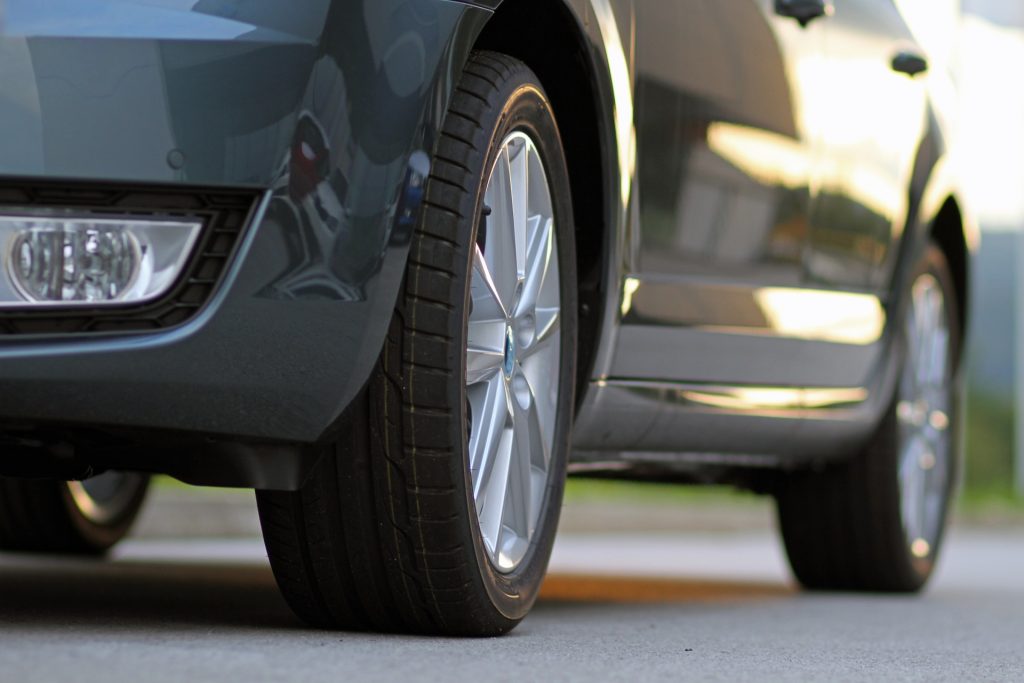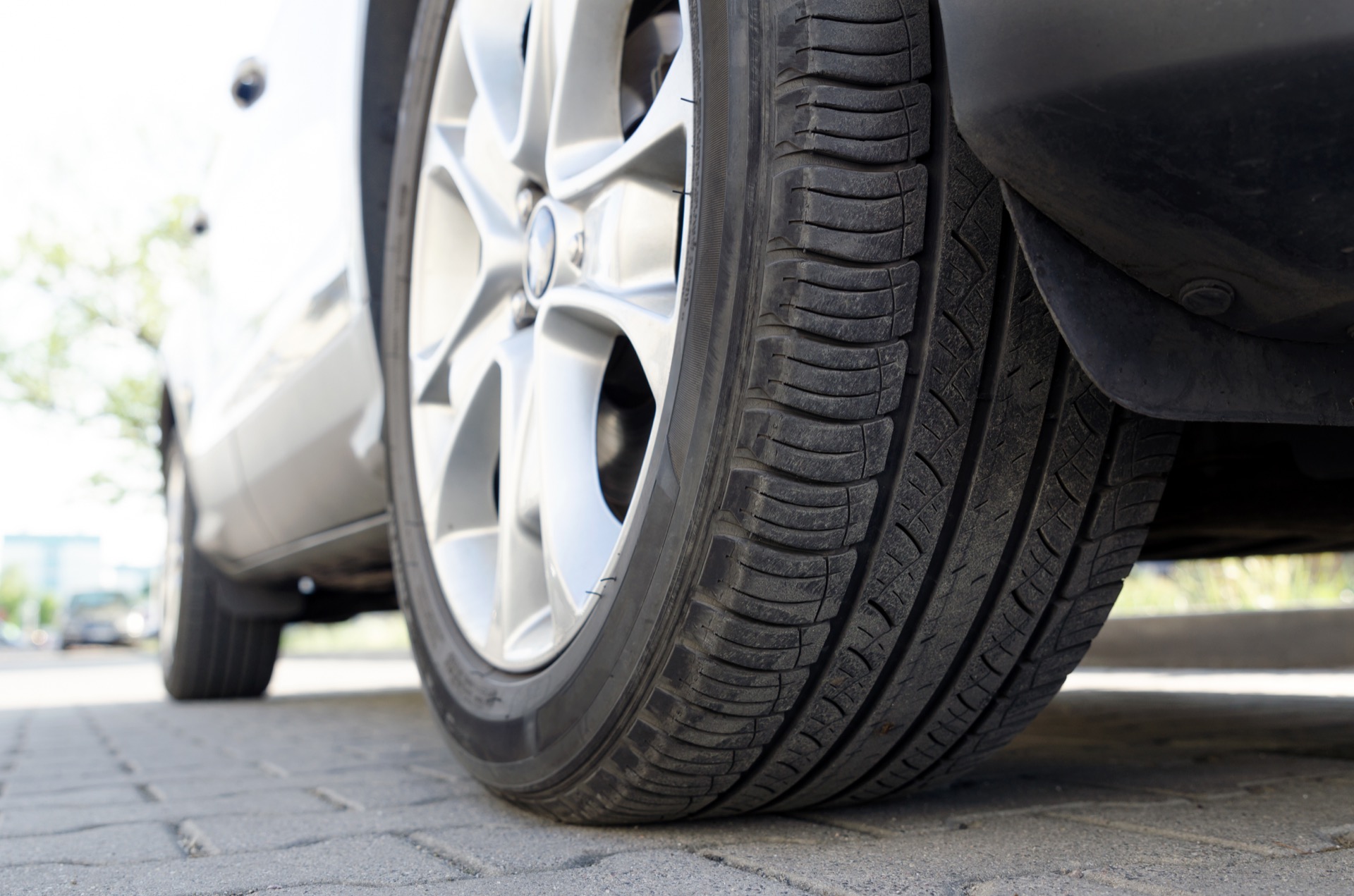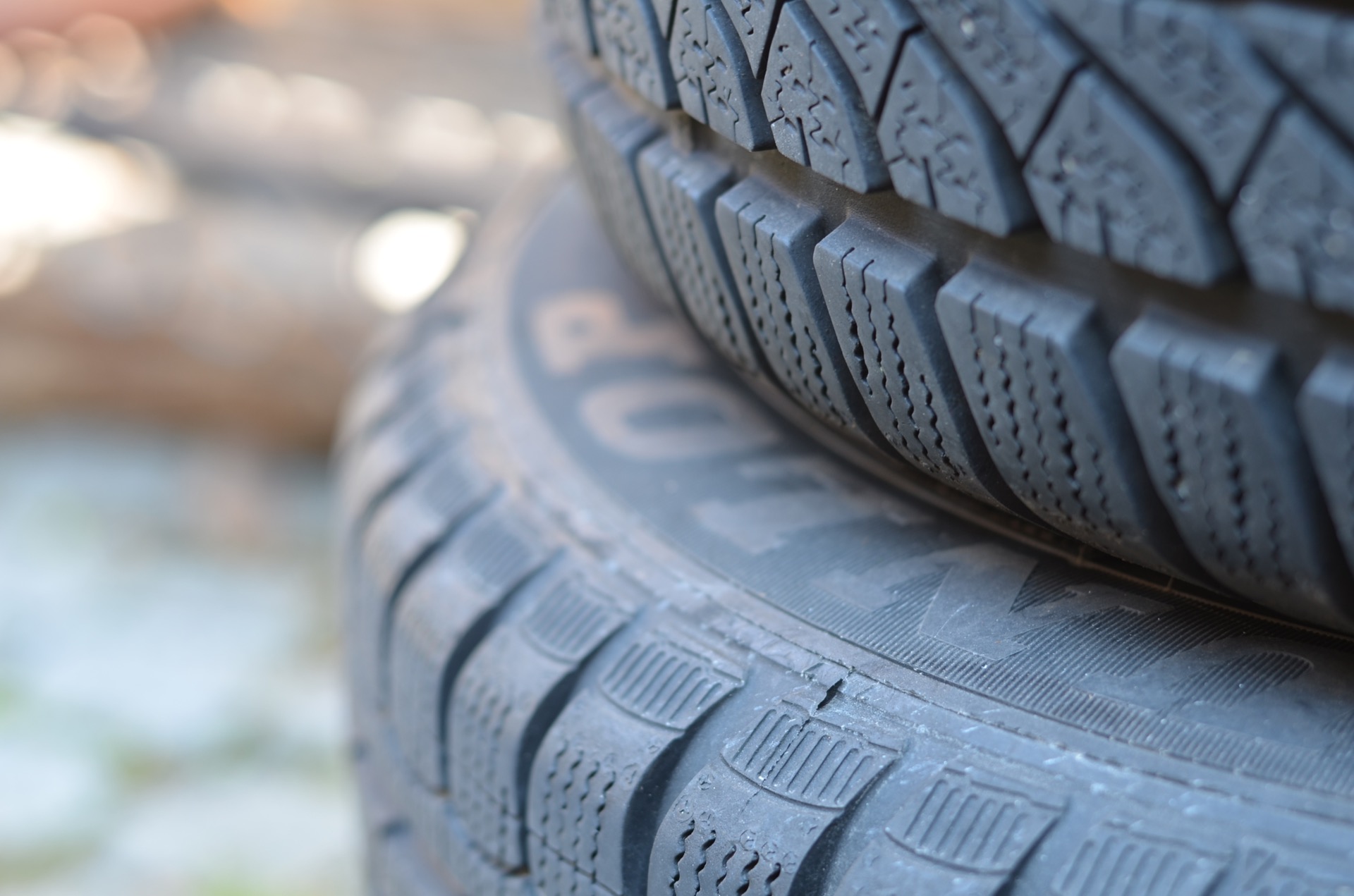You’ve probably been told to replace your tires after about four to five years of use, but there’s more to it than that. How long do tires last? Well, it depends on the type of tires among other factors like tire alignment, and tire quality. If you’re hitting every pothole in sight, there’s a good chance you’ll be browsing online for “tires near me” sooner than you’d like.
We break down some of the key elements that may cause your tires to wear out faster below.
How Long Do Tires Last? It Depends on The Tire Type
Different types of tires will wear out at different rates. For example, all-season tires can last as long as 100,000km with proper care and maintenance. However, don’t expect other types to see that much longevity. Because it’s required in BC to have winter tires for driving in the winter months (regardless of the weather on individual days) winter tires tend to wear out quicker since they’re often designed for constant snow and cold or icy roads.
How and What You Drive Impacts Tires Longevity
If you’re ripping around like you’re in an action movie, your tires aren’t going to last as someone who just uses their car for calmly getting from point A to point B.
Speaking of your car, what you’re driving will also matter. The weight of your vehicle will make a difference in tire wear as the heavier a vehicle is, the more pressure there is on your tires and the faster they will wear down compared to lighter vehicles.
Bad Tire Alignment Will Reduce Tire Lifespan
Tires need to be properly aligned in order to last longer. The more out of alignment they are, the worse the tire lifespan will be. Not only is alignment important for tire longevity, but it also will make a difference in other aspects of driving as well. Handling, fuel economy, braking, and traction are all affected by tire alignment so it’s in your best interest to ensure your tires are properly aligned—especially when putting new tires on.
Your Tire Pressure Light Is on for a Reason
All vehicles have tire pressures individual to them so just inflating them until they look like a bicycle tire isn’t in your best interest. Instead, just make sure they’re all inflated to the proper psi for each. Over-inflated tires reduce traction making your vehicle more susceptible to hydroplaning, and worse braking, while under-inflated tires will make them wear out significantly faster.
You’ll find what pressure they’re supposed to be in both your car’s manual and a sticker on your vehicle that has the VIN (vehicle identification number). Both the VIN and tire pressure values can most commonly be found on the inside of the driver-side door.
You Don’t Have to Spend Millions on Tires
Like most items, the more you spend on tires, typically the better quality they will be. However, unless you’re driving a high-end supercar, you don’t need the most expensive, top-end tires for everyday driving. Both new and used tires are very viable options for most vehicles. Just make sure that if you’re buying used tires you check them over to make sure they’re safe for driving.
Look for tires with high treadwear and traction ratings when you’re buying tires as that’s a good indicator of how long they’ll last.
Overall, proper care and maintenance will go a long way to ensuring your tires last. Keep in mind the above tips and you’ll have many safe travels without having to regularly replace your tires.



